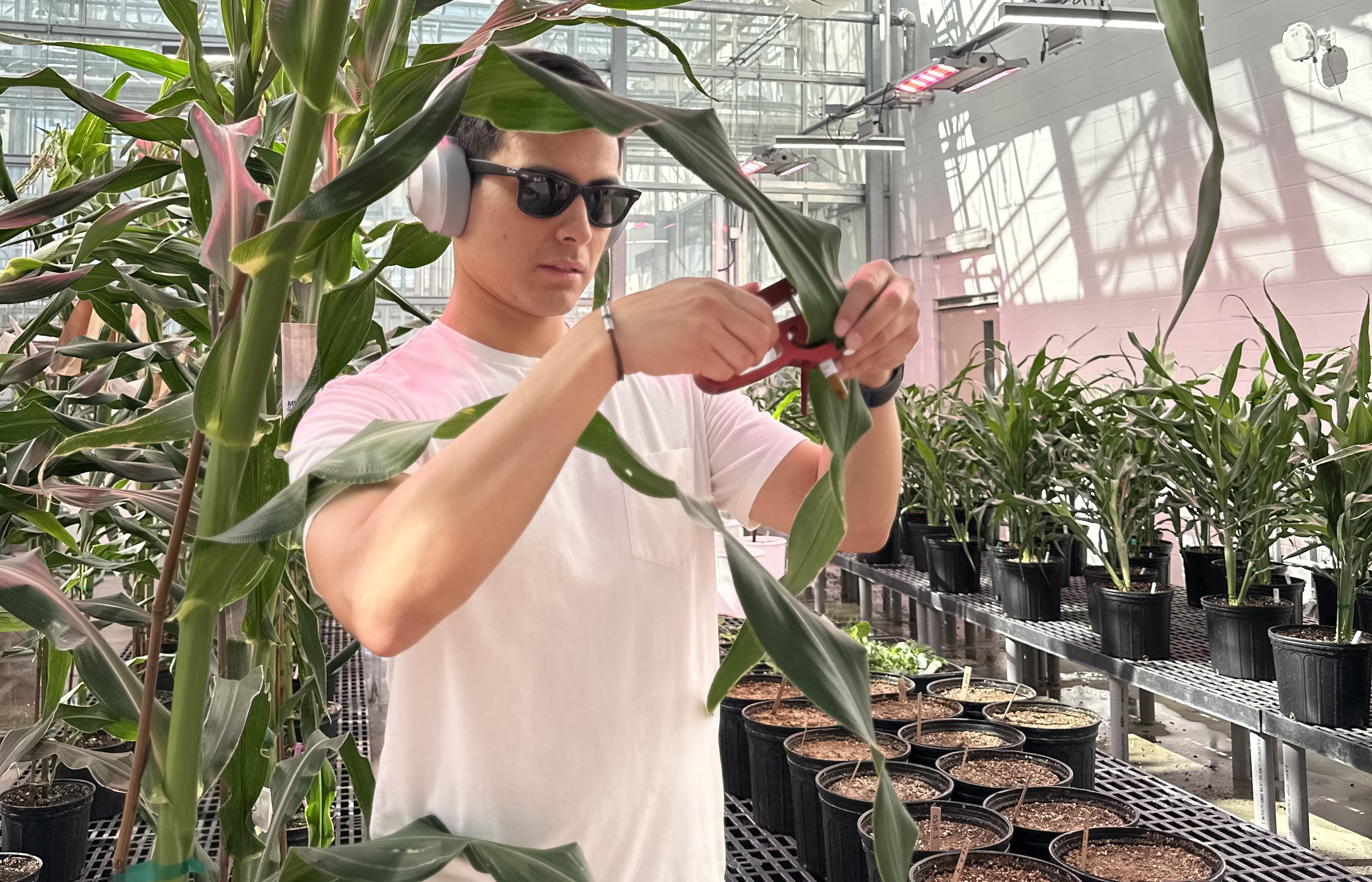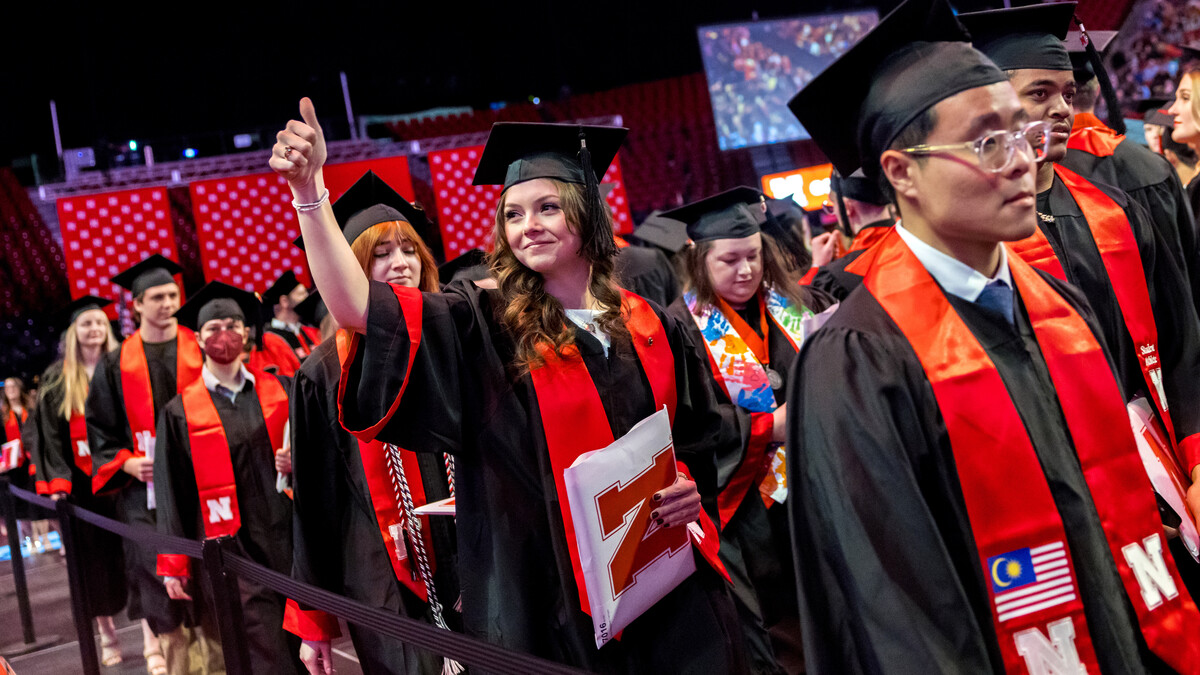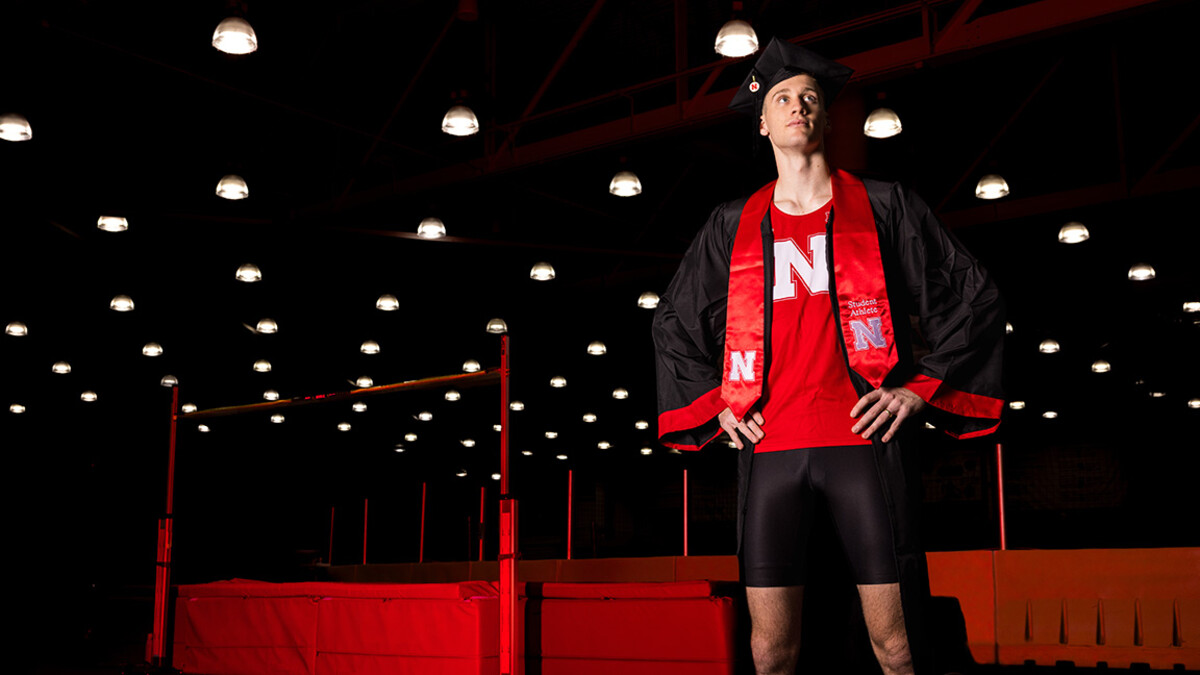
The genome of a corn plant contains almost 40,000 genes, thousands more than the human genome. But 15 years after the publication of the first draft of the corn genome, the roles 98% of those genes play in making a corn plant or determining how corn will respond to different growing conditions remain unknown.
Conventional methods to figure out the job of each gene have proven slow and expensive, but Husker scientists have taken a major step forward in identifying the function of corn genes. The work was led by Vladimir Torres-Rodriguez, a postdoctoral associate working with James Schnable, a professor and corn genetics specialist in the University of Nebraska–Lincoln’s Department of Agronomy and Horticulture.

Their findings, recently published in The Plant Journal, could lead to faster creation of more resilient corn varieties and broader producer access to improved crops by identifying the functions of individual corn genes more rapidly and accurately. Torres-Rodriguez is lead author of the paper, “Population-level gene expression can repeatedly link genes to functions in maize.”
The technique he developed and tested with the team of corn-focused researchers from the Schnable lab uses RNA rather than DNA. This innovative approach identified about 10 times as many corn genes affecting flowering time than widely used DNA-based methods for identifying genes.
Doing a better job of figuring out gene functions could decrease the cost of bringing gene-edited corn varieties to market, resulting in more competition and better prices for farmers, said Schnable, who last year contributed to the landmark completion of corn genome mapping.
Only a handful of large seed companies have the resources to invest hundreds of millions of dollars for new gene-focused product development. But faster and more accurate approaches like the one UNL demonstrated could reduce costs and open up the market.
To make this project possible, the Husker team measured the RNA levels of more than 39,000 corn genes in each of roughly 700 varieties of corn, using plants grown at the university’s Havelock Farm in Lincoln. The researchers combined those RNA measurements with measurements of the corn plants themselves collected both in Lincoln and by collaborators at Michigan State University.
Making the project work required new approaches not only on computers, but in the field, said Schnable, the Nebraska Corn Checkoff Presidential Chair. The team needed to collect samples from every corn plant in less than two hours and flash freeze them before environmental conditions could quickly break down the RNA that was the key to Torres-Rodriguez’s analysis.
Achieving those conditions required special equipment designed by Jonathan Turkus, a research manager who works with Schnable at the university’s Center for Plant Science Innovation. Turkus fabricated equipment using 3D printers and other tools from Nebraska Innovation Campus’s makerspace.
The result, Torres-Rodriguez said, is that “UNL has produced the largest data set of corn gene expression measurements in the world.”
“Vladimir had to build a software pipeline to analyze this data,” Schnable said of Torres-Rodriguez’s innovations. The work required “repurposing other tools, figuring out other ways to process data and then figuring out all of the new quality control steps to make sure things were working properly. It was an amazing undertaking.”
Torres-Rodriguez will follow up the project with genetic analysis of additional corn traits. The goal, Schnable said, is “to make sure that, decades from now, when a Nebraska farmer is driving his tractor, the corn being planted has the genetics to perform well and tolerate harsher conditions.” Through projects like this one, Schnable said, UNL is positioning itself as the go-to research institution that companies, from corporate giants to small startups, can turn to for corn-focused data sets, expertise or in-the-field support.
An early example of such private-sector collaboration helped launch this project. Schnable was working with Brad Zamft, a California-based scientist leading a team developing new artificial intelligence-based tools for agriculture.
“Brad asked me for a bigger data set,” Schnable said. “At the time, we were using the biggest data set of its kind that existed in the public sector. He thought about that for a moment and then asked, what would it cost to do this right?”
Ultimately the pair worked together to secure a $650,000 grant for the project through the U.S. Department of Energy’s Advanced Research Projects Agency–Energy program.
“There is no doubt in my mind the University of Nebraska is an agricultural technology powerhouse,” said Zamft, the project lead of a stealth plant biology project at X, Alphabet’s “moonshot factory” division exploring a range of scientific innovations. “The expertise that we have experienced, the collaborations that we have engaged in, have been delightfully productive, and I think could have real impact on the world. I’m not sure our team could have made it this far without the support of the researchers at the university.”
Schnable said UNL has a real opportunity.
“We want to be, and we’re becoming, the place where people from across the country come to get cutting-edge corn research done,” he said.









